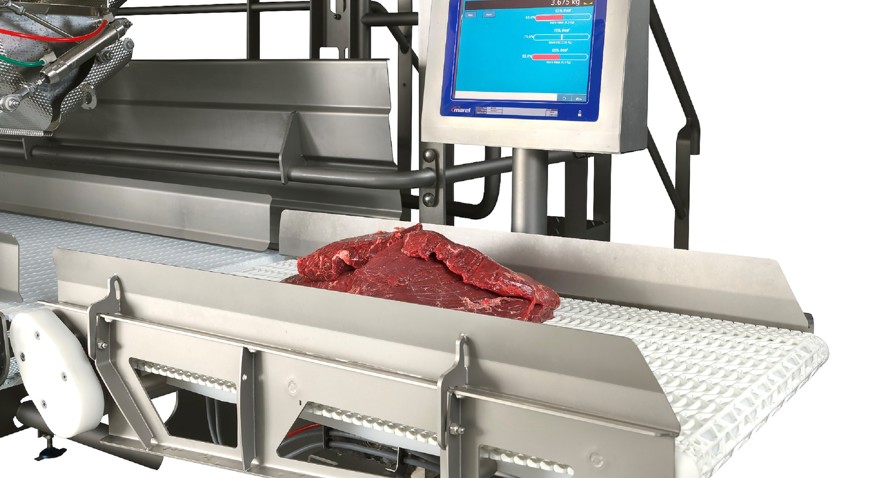Oceania’s beef export markets are set to boom in 2024 with Australian exports expected to rise to 1.5 million tons according to USDA’s Foreign Agricultural Service estimates. The volume of US beef on the international market is predicted to decline sharply due to herd reduction. Australia is seen as the main country with significant beef herd growth needed to fill the market void. This puts Oceania beef producers in the ideal position to take advantage of increased export markets for high-quality beef products.
Beef producers who can process reliably on-spec, safe products will be in the strongest position to profit from the opening of export markets. The SensorX Accuro advanced trim system is ready to ensure processors take advantage of this lucrative period. Using advanced technology that provides accurate detection of hard contaminates, meets quality targets in beef trimmings and supplies full-line product traceability. The SensorX Accuro has the AUS-MEAT stamp of accreditation and is ready to optimize value for processors.
Lean beef will be key in capturing the traditionally premium markets of the US, Korea and Japan. As well as taking advantage of the exponential growth in demand for high-quality, grain-fed beef cuts in China. SensorX Accuro advanced trim system uses sophisticated grading technology to determine the optimal allocation of trim for maximum value add, increasing the number of higher-value batches. Each batch can be set with precise fat-to-lean ratio (CL) and weight targets, with operators able to create multiple products with different specifications simultaneously. In addition to product flexibility, the system also allows operators to stipulate which cut goes to which batch, easily accommodating tailored product demands of customers. The advanced X-ray scanning technology of the SensorX Accuro not only scans for CL but provides unrivaled accuracy in the detection of hard contaminates such as bone, metal and glass, which can then be removed to ensure consumer safety and minimize the chance of costly recall claims.


